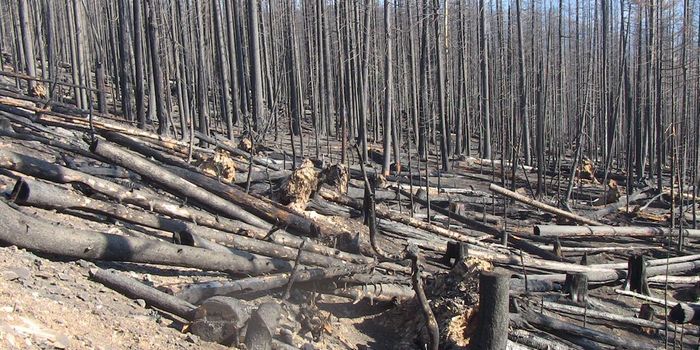NASA's Laser Satellites Help Scientists Quantify Sea Ice Loss
Global climate change is melting Earth’s ice, and a recent study from NASA details how the polar ice sheets have changed over the past 16 years. The video below details the results of this research.
According to an article from NASA, the data was obtained through “the most advanced Earth-observing laser instrument NASA has ever flown in space.” The Ice, Cloud, and Land Elevation Satellite 2 (ICESat-2) launched in 2018 and recorded detailed global elevation measurements, including those of ice-covered regions. Data from ICESat-2 was then compared with data from the original ICESat data, which recorded elevations from 2003 to 2009.
NASA states that ICESat-2’s has a laser altimeter that sends 10,000 pulses of light a second down to Earth’s surface and times how long it takes for the light to return to the satellite. According to NASA, the high precision helps scientists record how much an ice sheet has changed over one year, to within an inch.
Ben Smith, a glaciologist at the University of Washington and lead study author, stated to NASA, “if you watch a glacier or ice sheet for a month, or a year, you’re not going to learn much about what the climate is doing to it. We now have a 16- year span between ICESat and ICESat-2 and can be much more confident that the changes we’re seeing in the ice have to do with the long-term changes in the climate.”
The article from NASA reports that Greenland’s ice sheet lost an average of 200 gigatons of ice per year. Antarctica’s ice sheet lost an average of 118 gigatons of ice per year. To help visualize these amounts, NASA states that one gigaton of ice can fill 400,000 Olympic-sized swimming pools. Another example NASA gives is that one gigaton of ice would cover New York’s Central Park with ice more than 300 meters thick, which would be higher than the Chrysler building.
According to NASA, the combined loss from Antarctica and Greenland’s ice sheet has caused 14 millimeters of sea-level rise from 2003 to 2019. This equates to slightly less than one-third of the total amount of sea-level rise observed in the ocean.
Source: NASA Global Climate Change









